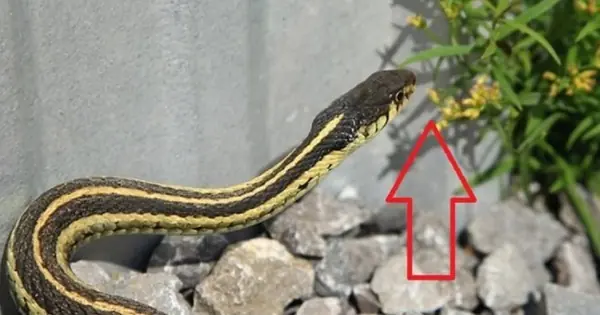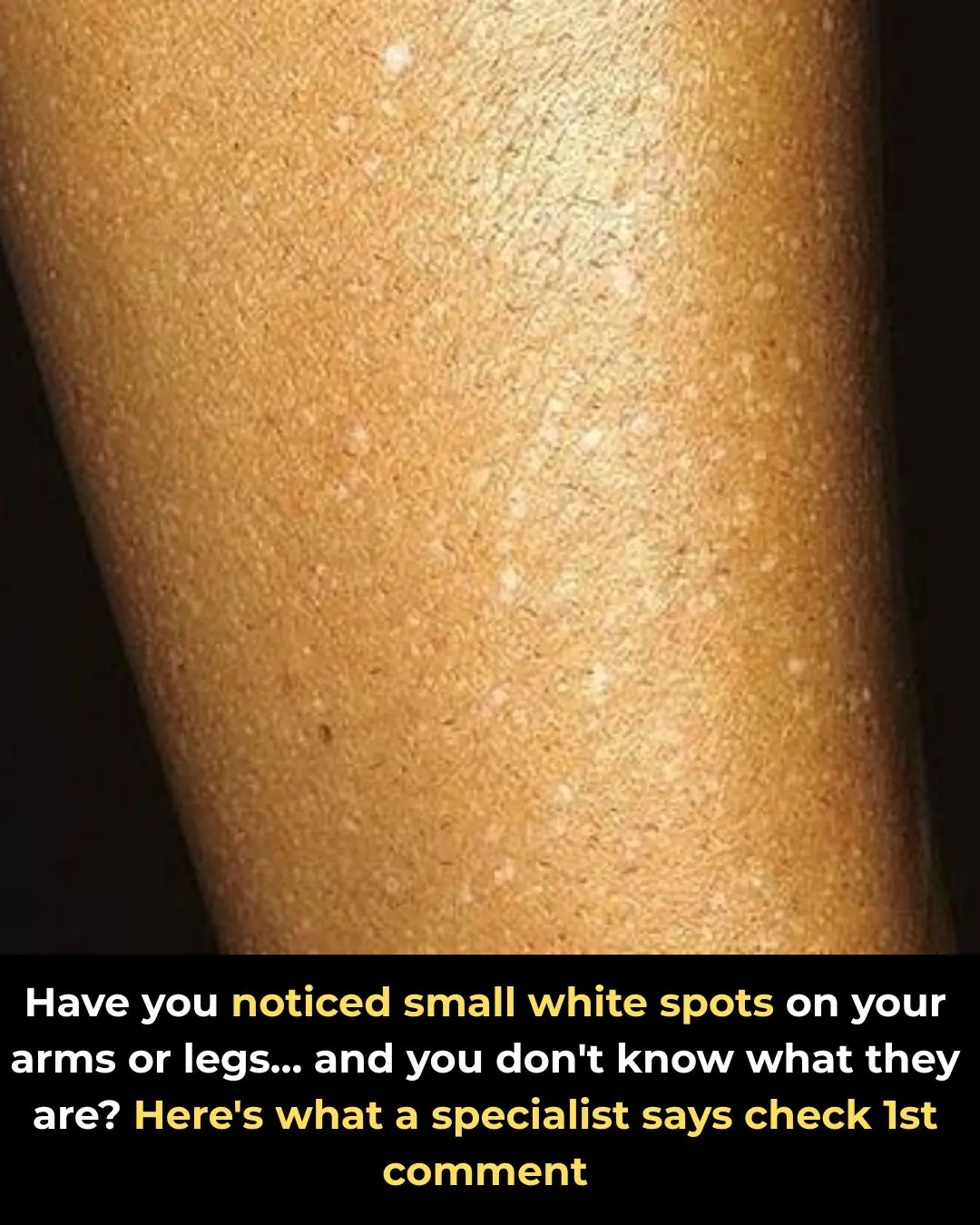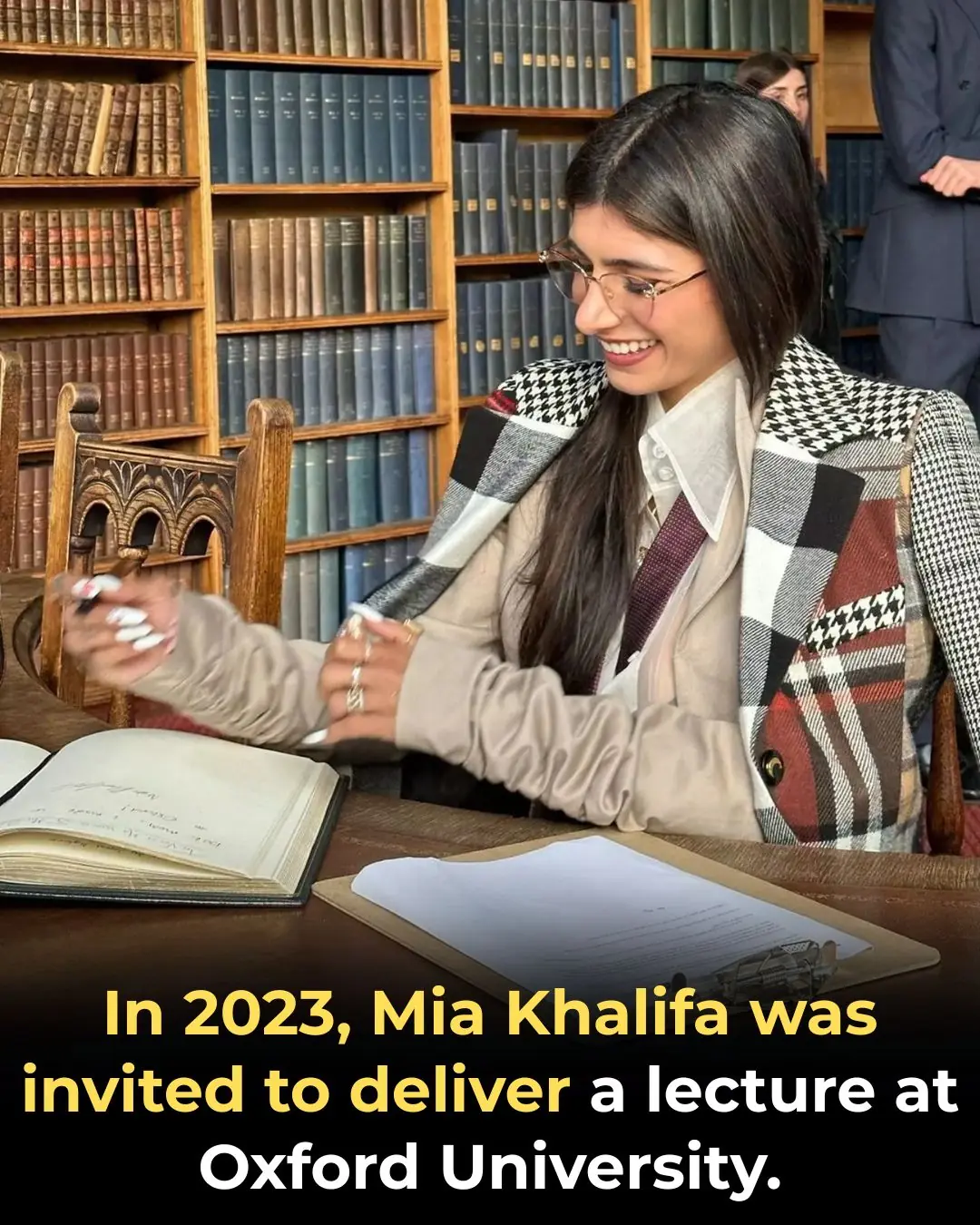
Genetic Evidence Links Icelanders to Native Americans, Suggesting Viking Contact with the Americas
Genetic Evidence of Native American Ancestry Found in Icelanders, Suggesting Viking Contact with the Americas
Recent genetic research has unearthed a surprising discovery that links modern Icelanders to Native American populations. Scientists found a rare haplogroup C1e marker, typically found in Native American DNA, present in some Icelandic individuals. This discovery has stirred up exciting new possibilities about Viking exploration, suggesting that, around 1,000 years ago, during the Viking era, a Native American woman may have been taken to Iceland from Vinland, a region believed to be located on the coast of North America.
The haplogroup C1e marker is passed down only through the maternal line, making its presence in Icelandic families particularly notable. This genetic variant has been traced to at least four documented Icelandic family lines, hinting at its long-standing presence in Icelandic genealogy. This marker’s existence in the population dates back long before Columbus made his voyages to the Americas, indicating that it predated European contact with the New World by several centuries.
The findings, reported by researchers from the University of Iceland and Spain's CSIC, suggest that this DNA was not introduced to Iceland through recent migration or contact. Instead, the evidence points to its early appearance in Icelandic genealogy records, further supporting the theory that early Norse explorers may have encountered Native American peoples while exploring North America. One such woman might have been brought back to Iceland, carrying this genetic marker that was passed down through generations.
This new revelation challenges the widely accepted narrative that sustained transatlantic contact between Europe and the Americas only began after Christopher Columbus’s voyages in 1492. It instead provides further support for the historical accounts suggesting that Viking voyages reached the New World around 1000 AD, centuries before Columbus's journey. These Norse expeditions, while often viewed as primarily voyages of exploration, may have also involved encounters with Indigenous peoples, including the exchange of individuals, cultures, and genes.
Despite the compelling evidence, the theory remains controversial, with alternative origins for the DNA marker being debated. Some scholars have proposed other explanations, such as the possibility of later migrations or inadvertent genetic transfers. However, the growing body of genetic and historical evidence from the University of Iceland, CSIC, and other institutions strengthens the argument that Native American ancestry was present in Europe far earlier than previously recognized.
This finding offers a fascinating glimpse into the complexity of human migration and challenges our understanding of the early exploration of the Americas. It underscores the interconnectedness of ancient civilizations and the possibility that the Vikings, far from being the solitary explorers of the northern seas, may have reached the Americas and interacted with Native populations, significantly influencing the genetic and cultural histories of both regions.
News in the same category


Meet Jonathan: The 192-Year-Old Tortoise Who Has Witnessed History and Continues to Inspire

Retired Couple in UK Successfully Nurtures 90-Million-Year-Old Wollemi Pine, Leading to Its First Reproduction Outside Australia

Stem Cell Therapy for Type 1 Diabetes Shows Promise in Human Clinical Trials

Have you noticed small white spots on your arms or legs… and you don't know what they are?

How Guyana Became the Only Nation Fully Self-Sufficient in All Seven Major Food Groups

Donald Trump's new scarf leaves everyone saying the same thing

Scientists May Have Just Found a Breakthrough Hair-Loss Treatment

Panama's Marine Collapse: The End of a Key Ocean Upwelling System and What It Means for the Future

Vietnam Approves Russian-Made Cancer Immunotherapy ‘Pembroria’ for Multiple Cancer Types

Hayli Gubbi Volcano Erupts in Ethiopia for First Time in 12,000 Years

Mia Khalifa at Oxford: A Controversial Talk on Redemption, Reinvention, and Second Chances

Breaking Bob: How a 75-Year-Old Turned a Five-Minute Smoke Break into a Viral NYC Spectacle

The Night Google.com Was Accidentally Sold for $12: A Story of Integrity and Goodwill

After 12 Millennia of Silence, Ethiopia’s Hayli Gubbi Volcano Erupts Dramatically

When a Woman Bites Her Lip While Staring at You, It Means She Is ...

How Europe Says "Street": A Multilingual Journey Through Language and Culture

A New Dawn for Chronic Kidney Disease Treatment: From Management to Possible Remission

A Butterfly, A Flute, and Unshakable Composure: The Legendary Performance of Yukie Ota
News Post

3 flowers that make snakes tremble with fear — beautiful and safe to plant around your home

The Medicinal Powers of Turmeric That Doctors Rarely Mention

The Best Natural Gout Treatments: Remove Uric Acid Crystallization To Prevent Gout And Joint Pain

How to Tell If You Have Intestinal Parasites and What to Do About That

People Who Eat 3 Eggs Every Day Are Noticing This Crazy Difference

Why Your Hands or Arms Fall Asleep at Night and What To Do

Meet Jonathan: The 192-Year-Old Tortoise Who Has Witnessed History and Continues to Inspire

Retired Couple in UK Successfully Nurtures 90-Million-Year-Old Wollemi Pine, Leading to Its First Reproduction Outside Australia

Stem Cell Therapy for Type 1 Diabetes Shows Promise in Human Clinical Trials

Have you noticed small white spots on your arms or legs… and you don't know what they are?

How Guyana Became the Only Nation Fully Self-Sufficient in All Seven Major Food Groups

Donald Trump's new scarf leaves everyone saying the same thing

Scientists May Have Just Found a Breakthrough Hair-Loss Treatment

Panama's Marine Collapse: The End of a Key Ocean Upwelling System and What It Means for the Future

Vietnam Approves Russian-Made Cancer Immunotherapy ‘Pembroria’ for Multiple Cancer Types

The Kid Who Was Surprised By Dad With Birthday Bat In Viral Video Hits Home Run With Bat And Dad Catches It

Delaware Post Office Renamed In Honor of Mary Ann Shadd Cary, First Black Woman Publisher

Hayli Gubbi Volcano Erupts in Ethiopia for First Time in 12,000 Years
